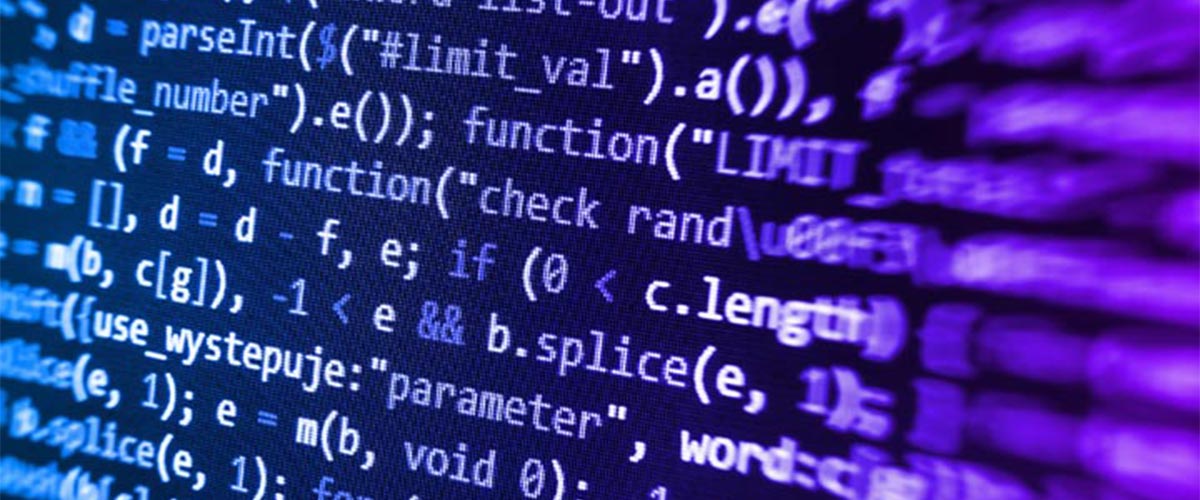

For AMD, it’s literally just make sure mesa is installed (it is by default on most distros), make sure radv is installed (it is by default on most distros), and then go.
From there, if you are gaming, you handle whatever your games need like enabling 32-bit libraries for Steam if your distro doesn’t by default, or doing whatever WINE or Lutris wants you to do.
Done.




Auxio is excellent. Has the UI I’ve been looking for for ages, can shuffle by genre, great queue system, etc.
Only part i dont like is that it has an unskippable modal at startup where it scans your library instead of doing this as an invisible async step in the background and displaying what it has as it gets it.